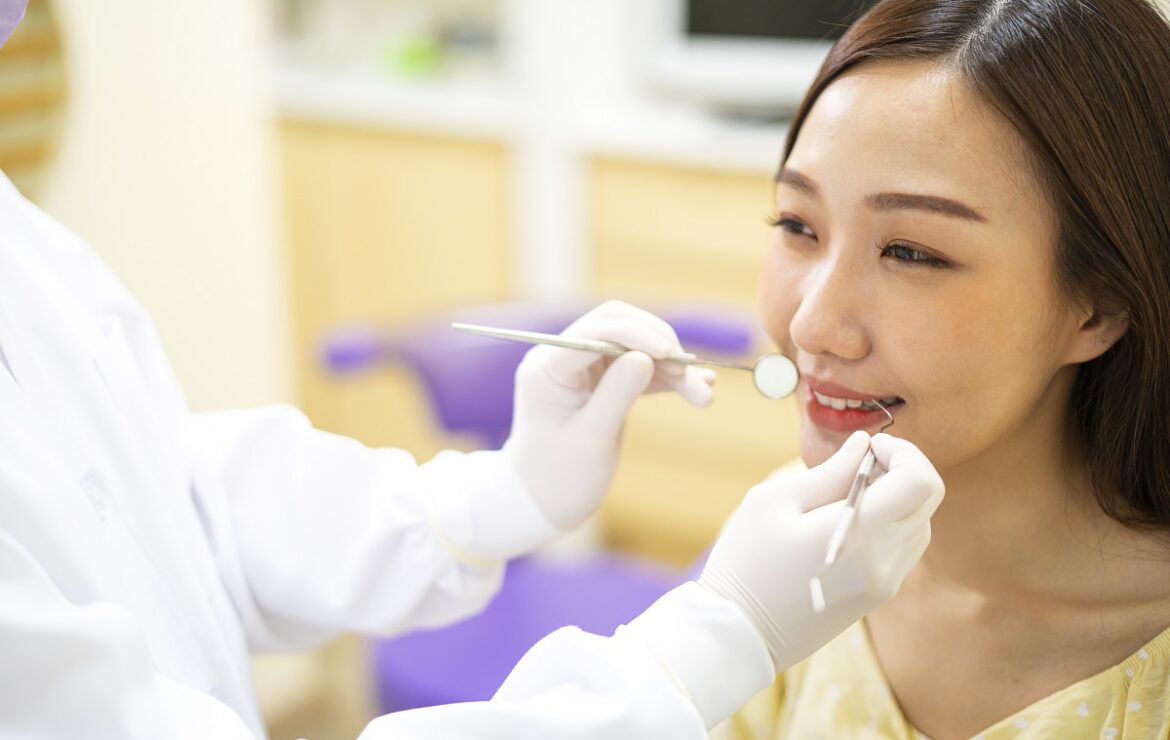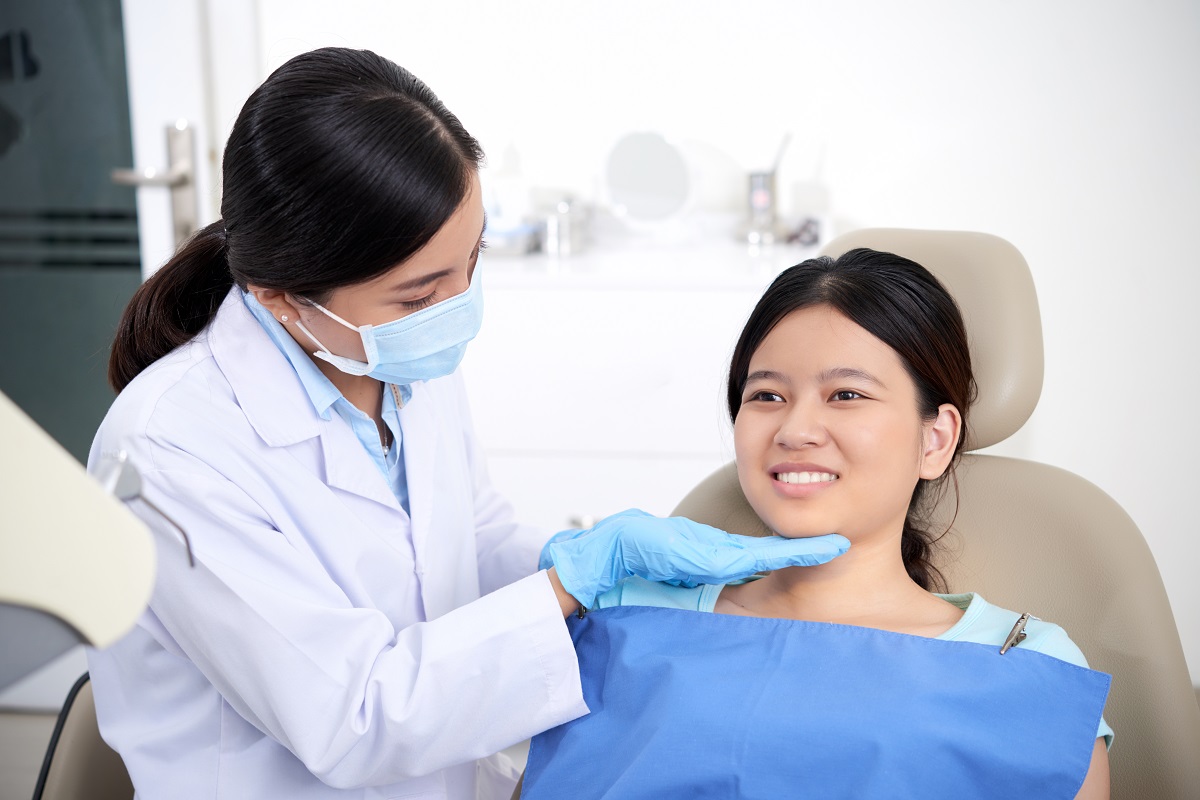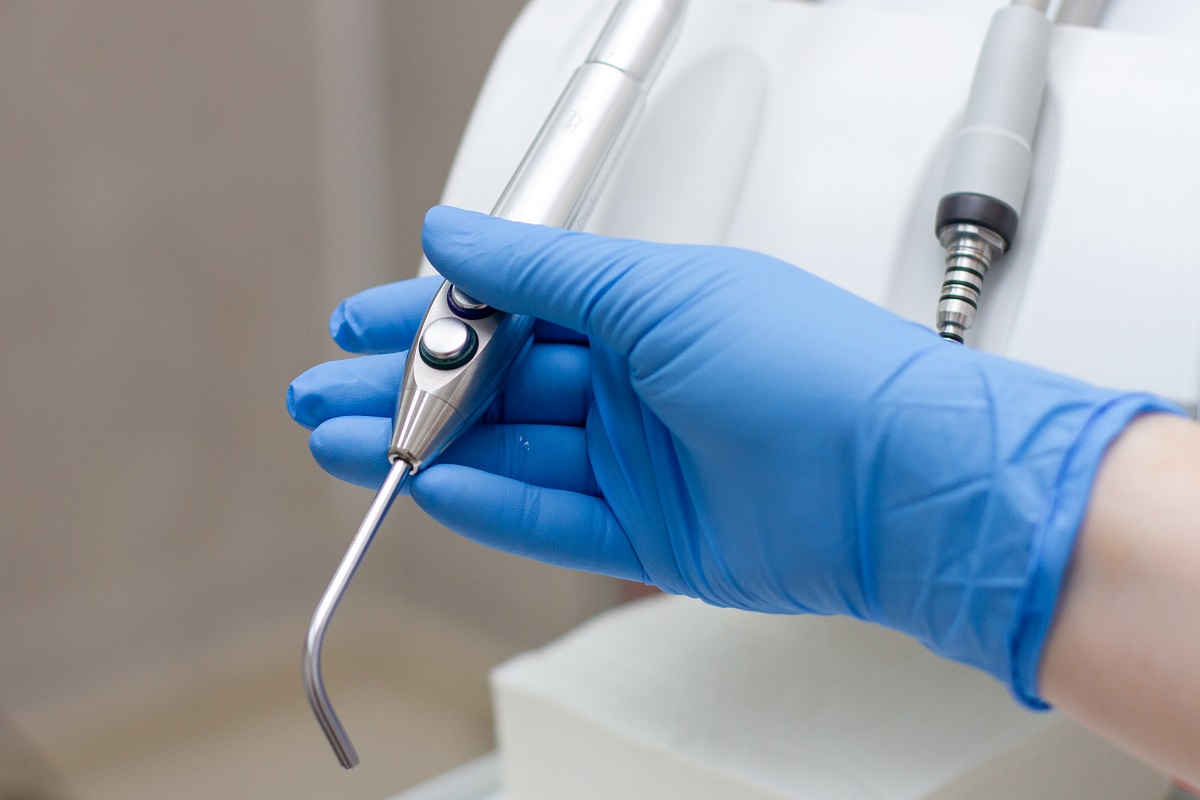3 Types of Teeth Cleaning Procedures

3 Types of Teeth Cleaning Procedures
What are the different types of teeth cleaning?
- Traditional Oral Prophylaxis
- Airflow Treatment
- Combination of Traditional Oral Prophylaxis and Airflow Treatment
Whether you have gum disease or want to prevent cavities from forming, it is vital to have your teeth cleaned regularly at the best dental clinic in BGC, Taguig. This way, your dentist can remove the tartar and plaque that accumulated on your teeth and gums! Other than that, they can also inspect your overall oral health and fix problems before they worsen. If you want to know the different types of teeth cleaning, you can keep on reading.
Traditional Oral Prophylaxis

If you keep up with your daily dental regime, brush your teeth properly, and show up on your regular dental appointments, chances are, you’re only going to need an oral prophylaxis treatment. This is a teeth cleaning procedure that is performed as a part of routine maintenance. If you have healthy oral health overall, this will be recommended by your dentist.
Traditional Oral Prophylaxis Procedure
In an oral prophylaxis procedure, your dentist will remove the plaque—or the sticky film that forms on your teeth. Every time you eat or drink, the bacteria in your plaque produce acids that cause cavities. If neglected, it also hardens into calculus or tartar that can’t be removed by normal brushing alone. Fortunately, your dentist can also get rid of tartar in this teeth cleaning method.
Your dentist will use a dental hand tool known as the ultrasonic scaler to gently get rid of build-up debris. This instrument produces vibrations so that both plaque and tartar around your teeth and gum line can be removed. The more tartar you have, the more time this will take. Your doctor will also use a small mirror to see hard-to-reach areas in your mouth. After that, your dentist will polish your teeth with toothpaste and an electric-powered brush.
Traditional Oral Prophylaxis Duration and Frequency
Traditional Oral Prophylaxis can take between 30 minutes to an hour depending on your oral condition. To keep your teeth and gums healthy, your dentist might recommend this procedure at least twice a year. This way, they can clean plaque and tartar in hard-to-reach areas of your mouth that can’t be removed with brushing and flossing. But in some cases—especially if you have periodontal disease—you might need to come in 3-4 times a year.
Airflow Treatment
Aside from plaque, some people also have teeth stains due to smoking and daily drinking of wine, coffee, and tea. If you’re looking for a modern approach to teeth cleaning that can help you get rid of both plaque and stains, you can make an appointment at your dental clinic for Airflow Treatment.
Airflow Treatment Procedure
Your dentist will use an air polisher that produces pressurized air, water, and fine particles of special powder to gently but effectively get rid of stains and plaque biofilm in your teeth. The good news for nervous patients is that Airflow treatment is a non-invasive teeth cleaning method that won’t need an anesthetic.
The dental tool used doesn’t generate vibration and heat so the procedure is painless. The temperature of the water can also be adjusted accordingly. If you have sensitive teeth, this is the option for you.
Other than the front and back surfaces of the teeth, the process can also help clean interproximal areas and gum pockets. If you have misaligned teeth, your dentist can also use the dental tool to clean the gaps. It’s also safe for your veneers and dental implants!
Airflow Treatment Duration and Frequency
The use of an air-polishing tool in an Airflow treatment makes the removal of the plaque and stains faster. The treatment duration will depend on your overall oral health, but it can be done in as fast as 20 minutes. Your dentist will also recommend how often you need this procedure.
Combination of Traditional Oral Prophylaxis and Airflow Treatment

To get the best of both worlds, some patients opt to get both traditional oral prophylaxis and airflow treatment in their dental appointments. With the benefits of both, you will have clean teeth that are free from stains and plaque build-up.
Other than the aesthetic appeal of visibly healthier stain-free teeth, the combination of these procedures can also help you prevent oral problems such as gingivitis and periodontitis in the future. Both are types of gum disease that might produce inflammation and breakdown of bone tissue can lead to deep gum pockets. If this situation is neglected, it can even cause tooth loss.
Key Takeaway
Although you will benefit whether you choose a traditional Oral Prophylaxis or an Airflow treatment, having both can produce the best results for your oral health. If you’re interested in these, you can ask your dentist about them at your next dental appointment.
If you have any questions about the types of teeth cleaning, the dentists at Casipit Dental Group can help you! We have branches in Bonifacio Global City and Greenhills for those who live in Metro Manila. If you’re in Pangasinan, you can also check out the offices in Calasiao and Lingayen.












